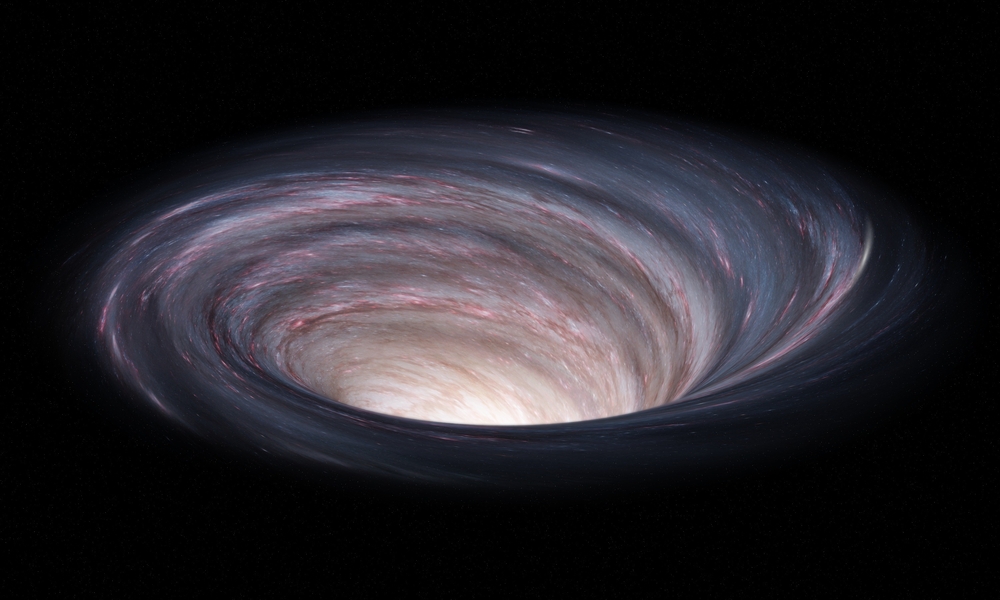Now Reading: Supermassive Black Hole Discovered at Milky Way’s Core: Key Insights
-
01
Supermassive Black Hole Discovered at Milky Way’s Core: Key Insights
Supermassive Black Hole Discovered at Milky Way’s Core: Key Insights

Quick Summary
- Sagittarius A is the supermassive black hole at the center of the Milky Way galaxy, weighing approximately 4.3 million solar masses.
- The gravitational pull makes it invisible, but its accretion disk-a swirling ring of gas and plasma-can be observed.
- discovered in 1974 through strong radio signals, its presence was later confirmed by observing nearby stars like S2 moving at high speeds due to its immense gravity.
- S2 orbits Sagittarius A at staggering speeds of nearly 5,000 miles per second despite being 120 times farther from it than Earth is from the Sun.
- Scientists have established that while Sagittarius A influences vast areas of space,our solar system’s orbit remains stable and poses no threat of being pulled in.
- SMBHs form over time via mergers involving smaller black holes; thier accretion disks sometiems emit radiance brighter than entire galaxies during active phases known as quasars.
- Although currently dormant, research indicates that Sagittarius A experienced a flare roughly 200 years ago.
Indian Opinion Analysis
The discovery and study of Sagittarius A*, lying an unusual distance away from Earth (26,000 light-years), highlights India’s potential role in global space research collaboration. Supermassive black holes like this showcase nature’s extremes-where physics intersects with cosmology-and scientific understanding evolves through technological advancements such as telescopes capable of capturing their indirect evidence.
For Indian astronomers and institutions keen on contributing to breakthroughs in astrophysics,studying cosmic phenomena like SMBHs could further enhance india’s presence within large-scale international collaborations like those behind the Event Horizon Telescope. Moreover, observing phenomena such as flares offers insights into galactic evolution-a field where India can synergize efforts under programs such as ISRO’s AstroSat initiative or even future missions targeting deep-space exploration.
Understanding these forces not only broadens humankind’s grasp on universal laws but presents opportunities for strengthening india’s scientific aptitude globally. Neutral cooperation between nations could push deeper discoveries regarding astronomic objects-like potential threats from dormant SMBHs or their influence on celestial spheres thousands of light-years away.
Images not provided in source text above.




























